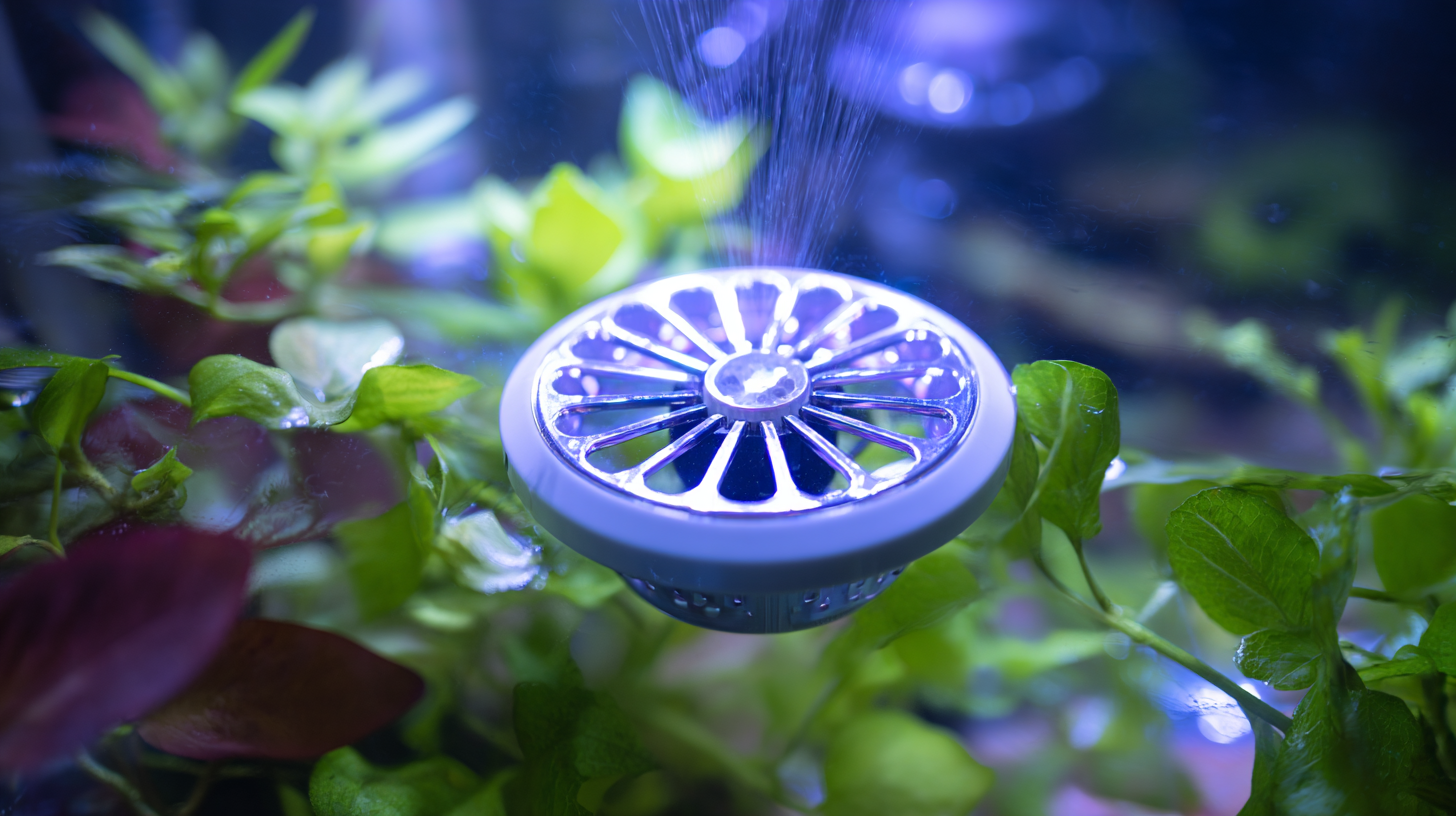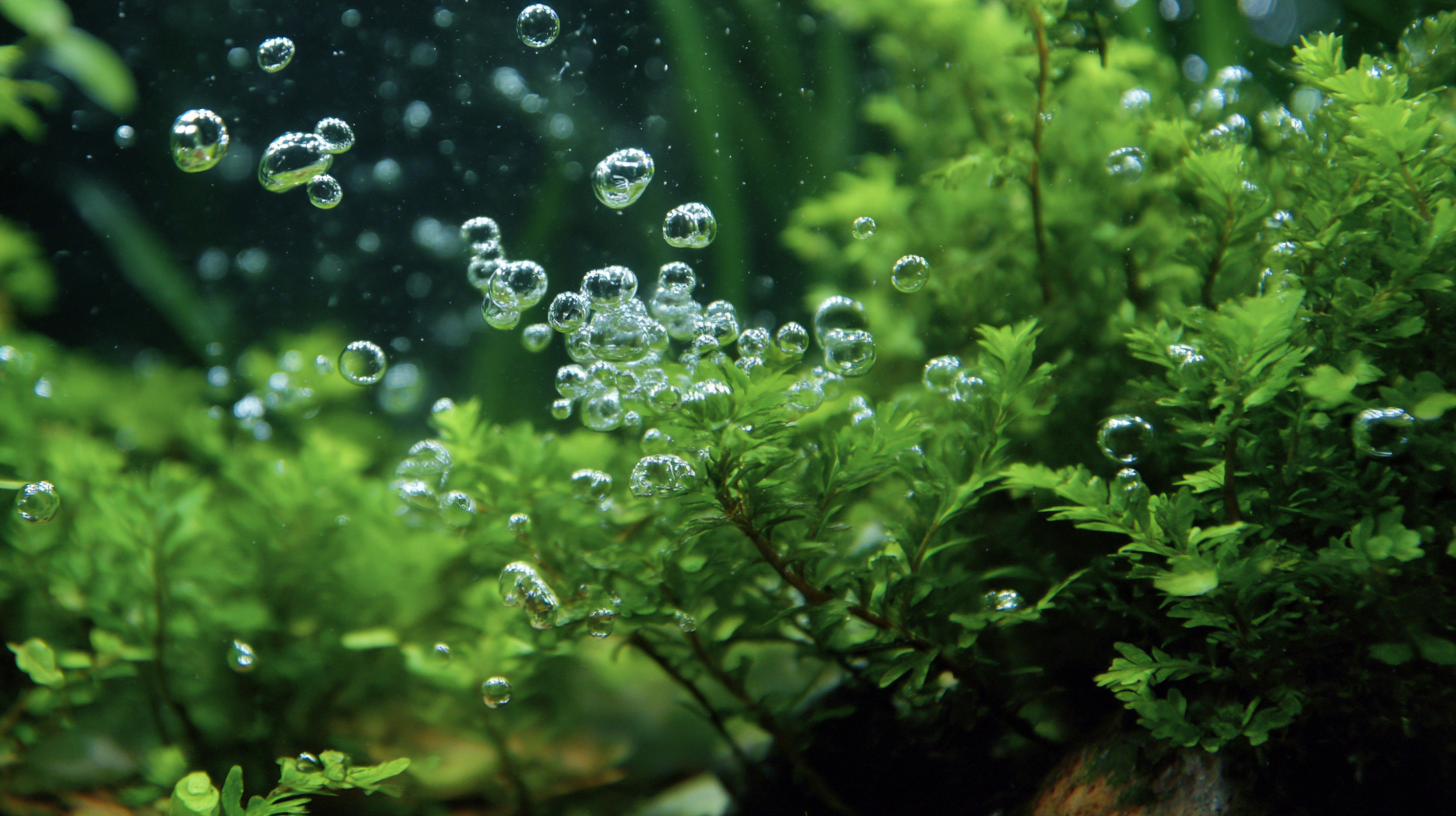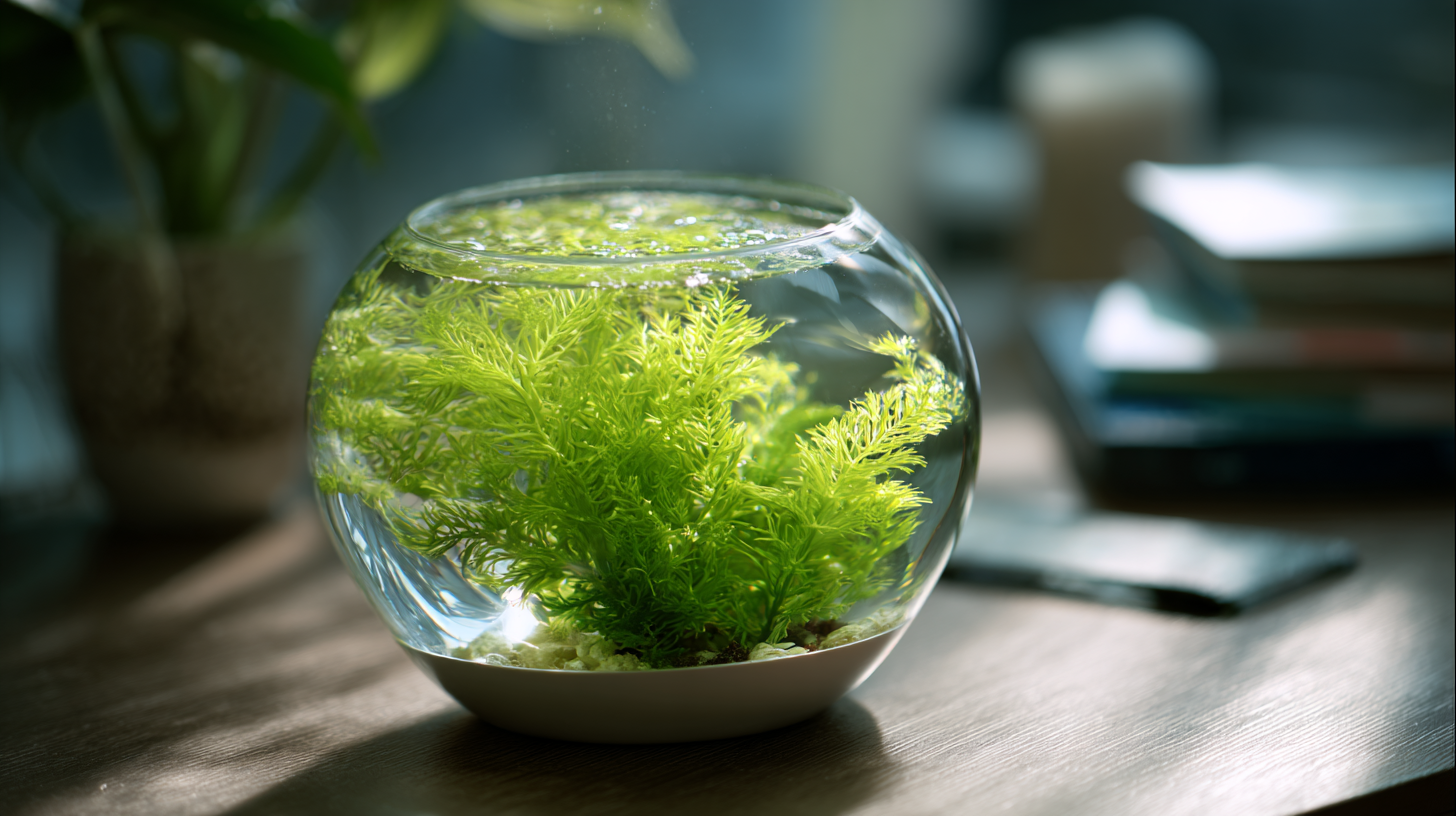When it comes to maintaining a healthy aquatic environment, the use of a Micro Bubble Air Diffuser has become a crucial component for both hobbyists and professionals alike. These innovative devices are designed to enhance oxygenation in water bodies, ensuring that fish and other aquatic life thrive. However, with the vast array of options available, potential buyers often encounter common issues that can hinder optimal performance. In this buyer’s guide, we will explore solutions to these challenges, equipping you with the knowledge to select the best Micro Bubble Air Diffuser for your needs. Whether you are seeking improved water quality, reduced algae growth, or energy efficiency, understanding how to navigate the market and what to look for based on proven performance will empower you to make an informed decision for your aquatic ecosystem.

Micro bubble air diffusers have gained popularity in various applications, including aquaculture, wastewater treatment, and aquariums due to their unique functionality. These diffusers work by generating extremely small bubbles that have a higher surface area compared to larger bubbles. When air is forced through a diffuser membrane, it breaks down the air into micro-sized bubbles, which rise slowly to the surface. This prolonged contact time between the bubble and the water allows for efficient oxygen transfer, making them highly effective for enhancing water quality.

The benefits of using micro bubble air diffusers are manifold. Not only do they promote better oxygenation, but they also help in reducing sediment build-up and maintaining a balanced environment by mixing water layers evenly. For aquatic environments, this means healthier fish and plants, while in wastewater treatment, it translates to improved degradation of organic materials. Moreover, their energy-efficient design ensures that users can achieve optimal results without incurring high operational costs, making them an excellent choice for both professional and hobbyist applications.
When selecting the best micro bubble air diffusers, it is crucial to understand the key features that contribute to their efficiency and effectiveness. One of the most important aspects is the size of the bubbles produced. According to a report from the Water Quality Association, micro bubbles, which are typically 10 to 50 micrometers in diameter, have higher oxygen transfer efficiency compared to larger bubbles. This efficiency not only improves water quality but also enhances the productivity of aquaculture systems, making these diffusers a favorite among industry professionals.
Another critical feature is the material used in the construction of the diffuser. High-quality diffusers are often made from durable materials such as ceramic or high-density polyethylene, which can withstand the corrosive environments often present in aquaculture. A study published in the Journal of Aquaculture Research & Development indicates that the durability of materials directly correlates with the lifespan and performance of the diffusers, affecting overall operational costs. Additionally, ease of maintenance is an essential consideration, as a well-designed diffuser should allow for straightforward cleaning and replacement, ensuring consistent performance over time.

Micro bubble air diffusers have gained popularity for their efficiency and performance in various applications such as aquaculture, wastewater treatment, and aquariums. According to a report from the
International Journal of Environmental Research and Public Health,
micro bubble technology can enhance oxygen transfer rates by up to 30% when compared to traditional diffusion methods. Choosing the right diffuser is critical for maximizing performance and ensuring optimal results in your aquatic environment.
When searching for the best micro bubble air diffusers, consider key features such as bubble size, material, and flow rate. High-quality diffusers create bubbles as small as 50 microns, which increases surface area and oxygen transfer effectiveness. Additionally, durability is essential; diffusers made from robust materials such as ceramic or silicone often have a longer lifespan and lower maintenance costs.
Tip: Always check for user reviews and professional recommendations before making a purchase. Look for products that offer testing data or certifications to verify their claims.
Another crucial factor is compatibility with your existing setup. Some diffusers work better in specific systems, so ensure that the one you choose aligns with your installation requirements.
Tip: Consider diffuser placement to optimize efficiency; positioning it in areas of high water movement can enhance oxygen dispersal and overall system performance.
Micro bubble air diffusers are essential components in various aquaculture and wastewater treatment systems, but they can encounter several common issues that affect performance. One prevalent problem is clogging, which occurs when contaminants or sediment accumulate in the diffuser pores. According to a report by the Aquaculture Research Journal, clogged diffusers can reduce oxygen transfer efficiency by up to 50%, compromising aquatic life and system integrity. Regular maintenance, including backwashing and cleaning, is crucial to maintaining optimal performance and prolonging the lifespan of the diffusers.
Another frequent issue involves uneven bubble dispersion. When micro bubbles fail to disperse uniformly, it can lead to inefficient oxygenation and increased energy costs. The Journal of Environmental Engineering notes that properly designed diffuser systems should maintain a bubble size of less than 100 micrometers for effective dispersion; however, many systems struggle to achieve this standard. Troubleshooting this problem may involve recalibrating the diffuser placement or investing in high-quality diffusers designed specifically for uniform dispersion under different flow conditions. By understanding and addressing these common issues, users can enhance the operational efficiency of their micro bubble air diffusion systems.
Proper maintenance of micro bubble air diffusers is essential for ensuring their longevity and optimal performance. According to a report from the Aquarium Society, neglecting regular upkeep can reduce the efficiency of these diffusers by up to 30%. To prevent this, users should follow a routine cleaning schedule, ideally bi-weekly, that involves rinsing the diffuser with clean water and checking for any blockages that may impede airflow. Using a soft brush can help remove stubborn debris without damaging the delicate components of the diffuser.
Another vital aspect of maintenance is the replacement of air stones or membranes, which every manufacturer suggests doing every 6 to 12 months. A study conducted by the Journal of Aquatic Systems highlights that regularly replacing these components can enhance oxygen transfer efficiency by over 50%. Furthermore, ensuring proper aeration and avoiding over-saturation of the diffuser will significantly prolong its life. Investing a little time in maintenance can lead to substantial improvements in performance, ultimately resulting in healthier aquatic environments.
| Issue | Description | Solution | Maintenance Tip | Frequency |
|---|---|---|---|---|
| Clogging | Debris buildup in the diffuser. | Regularly clean the diffuser with vinegar or a soft brush. | Clean every 2-3 months. | Every 2-3 months |
| Inefficient Airflow | Reduced bubble output noticed. | Check for blockages in air hoses. | Inspect air hoses monthly. | Monthly |
| Noise | Excessive noise during operation. | Ensure that the diffuser is properly mounted. | Check installation every season. | Seasonal |
| Decreased Performance | Diffuser not functioning optimally. | Replace worn out or damaged components. | Inspect parts every 6 months. | Every 6 months |
| Air Leakage | Loss of air pressure in the system. | Check and replace damaged seals. | Inspect seals quarterly. | Quarterly |
